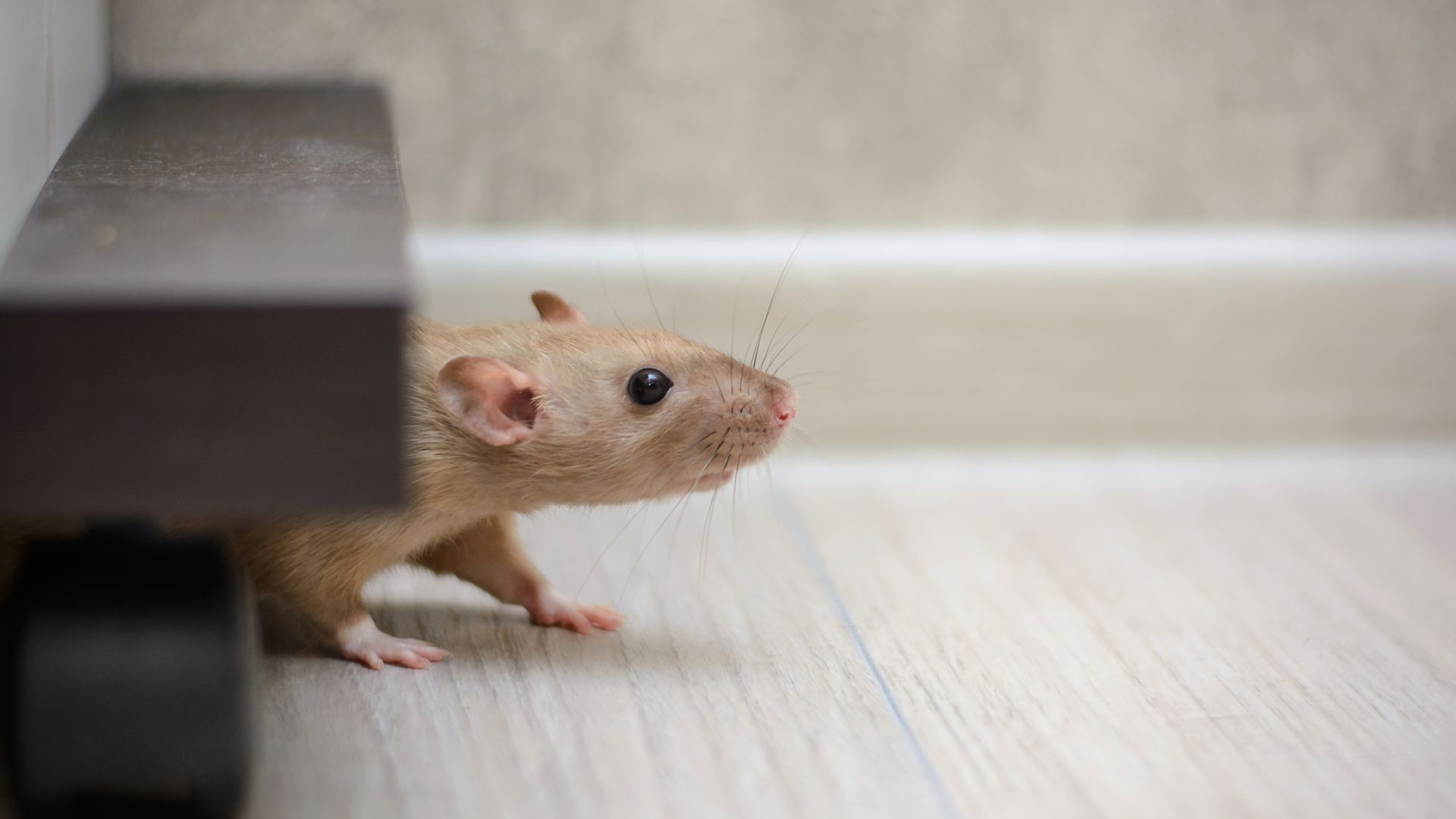Gnats are small, flying insects that belong to various families, including Sciaridae, Mycetophilidae, and Cecidomyiidae. These flies' specific diet can vary depending on the gnat's species and life stage, but generally, gnats primarily feed on organic matter and can be classified into three main categories based on their feeding habits:
Fungivorous Gnats: Some gnats, such as those in the Sciaridae family, are known as fungivores. They primarily feed on fungi, including mold and decaying organic material. These gnats are often found around damp and decaying vegetation, compost piles, and in the soil, where they help break down organic matter.
Nectar and Plant-Sap Feeding Gnats: Certain gnats, like those in the Cecidomyiidae family, are herbivores and feed on plant nectar, pollen, and plant sap. They may be attracted to flowers and can play a role in pollination, though they are not as efficient as bees or butterflies.
Blood-Feeding Gnats: Some gnats, like the biting midges (Culicoides) and sand flies (Phlebotominae), are hematophagous, meaning they feed on the blood of animals, including humans. These gnats have specialized mouthparts for piercing the skin and extracting blood. They are common pests in various regions and can transmit diseases.
While most gnats have specific dietary preferences, they can also feed on a variety of organic materials, including decaying plants, algae, and detritus. Additionally, their larvae, often referred to as "maggots," are typically found in moist or decaying organic matter and can feed on the same types of substances as adult gnats, further contributing to the decomposition of organic material.
Do Gnats Eat Fungus?
Yes, many gnats, particularly those in the family Sciaridae, are known as fungivores, which means they primarily feed on fungi. These gnats are commonly found in environments where decaying organic matter and fungi are abundant, such as compost piles, damp soil, and decaying vegetation. They feed on the mycelium and spores of various fungi, including mold and other microscopic fungi.
Fungivorous gnats play a role in the decomposition of organic material and can help regulate fungal populations in their habitats. While they primarily feed on fungi, they may also consume other organic matter present in their environment. These gnats are often attracted to the moist and decomposing conditions where fungi thrive, making them an important part of the ecosystem's nutrient recycling processes.
Do Gnats Eat Plants?
Yes, some gnats, specifically those in the family Cecidomyiidae, are known to feed on plants. These gnats are herbivorous and primarily feed on plant nectar, pollen, and plant sap. They are attracted to flowers and may play a role in pollination, although they are not as effective as other pollinators like bees or butterflies.
Gnats in the Cecidomyiidae family have specialized mouthparts for piercing plant tissues to access the sugary nectar and sap. While their feeding on plants is generally not harmful to the plants, in some cases, excessive feeding by a large population of gnats may cause minor damage to plant tissues. However, in most situations, these plant-feeding gnats are not considered significant agricultural pests.
Can Gnats Bite?
Yes, some species of gnats are capable of biting. The term "gnats" is a broad one that encompasses a variety of small, flying insects. While not all gnats are biters, some specific types of gnats have mouthparts designed for piercing the skin and feeding on the blood of animals, including humans. These blood-feeding gnats are commonly known as biting midges, sand flies, or black flies.
When these biting gnats feed, they can cause discomfort, itching, and sometimes even an allergic reaction at the site of the bite. Biting gnats are more prevalent in certain geographic regions and can be a nuisance to both humans and animals. It's important to be aware of their presence and take preventive measures, such as wearing protective clothing and using insect repellents, when in areas where biting gnats are known to be active.
Learn more: Do Gnats Bite?
Do Gnats Drink Blood?
Some species of gnats are hematophagous, which means they feed on blood. Biting midges, which belong to the family Ceratopogonidae, and sand flies, which are in the subfamily Phlebotominae, are examples of gnats that feed on the blood of animals, including humans.
These blood-feeding gnats have specialized mouthparts that allow them to pierce the skin and feed on the blood of their hosts. They are typically attracted to warm-blooded animals, and their bites can be painful and cause itching. In addition to being a nuisance, some of these blood-feeding gnats are vectors for diseases, such as Leishmaniasis (transmitted by sand flies) and certain viruses (transmitted by biting midges).
It's essential to take precautions to avoid being bitten by these blood-feeding gnats when in areas where they are prevalent, as their bites can be not only irritating but potentially harmful.

